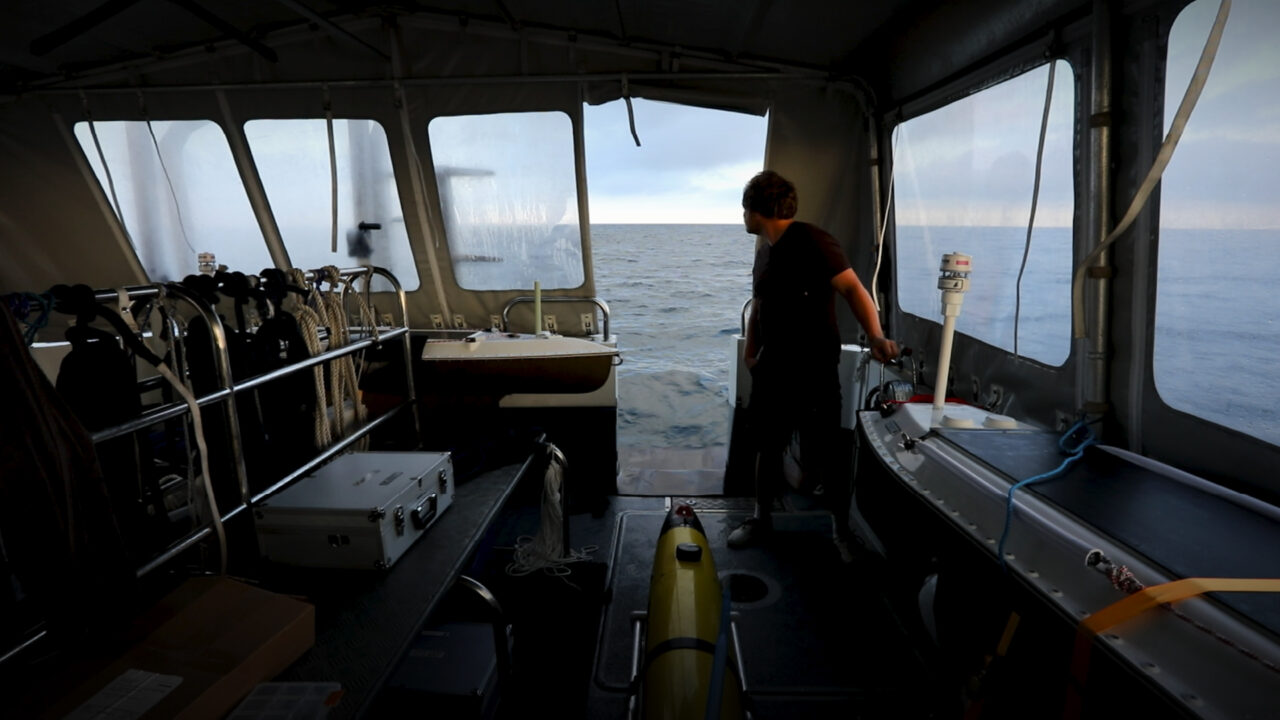
The Baltic Sea is grappling with a severe ecological crisis primarily marked by oxygen depletion, leading to extensive dead zones. Human activities, including industrial processes and nutrient-rich agricultural runoff, have fueled the growth of algae, contributing to oxygen-starved conditions. These anoxic zones threaten marine life, disrupting ecosystems and fisheries.
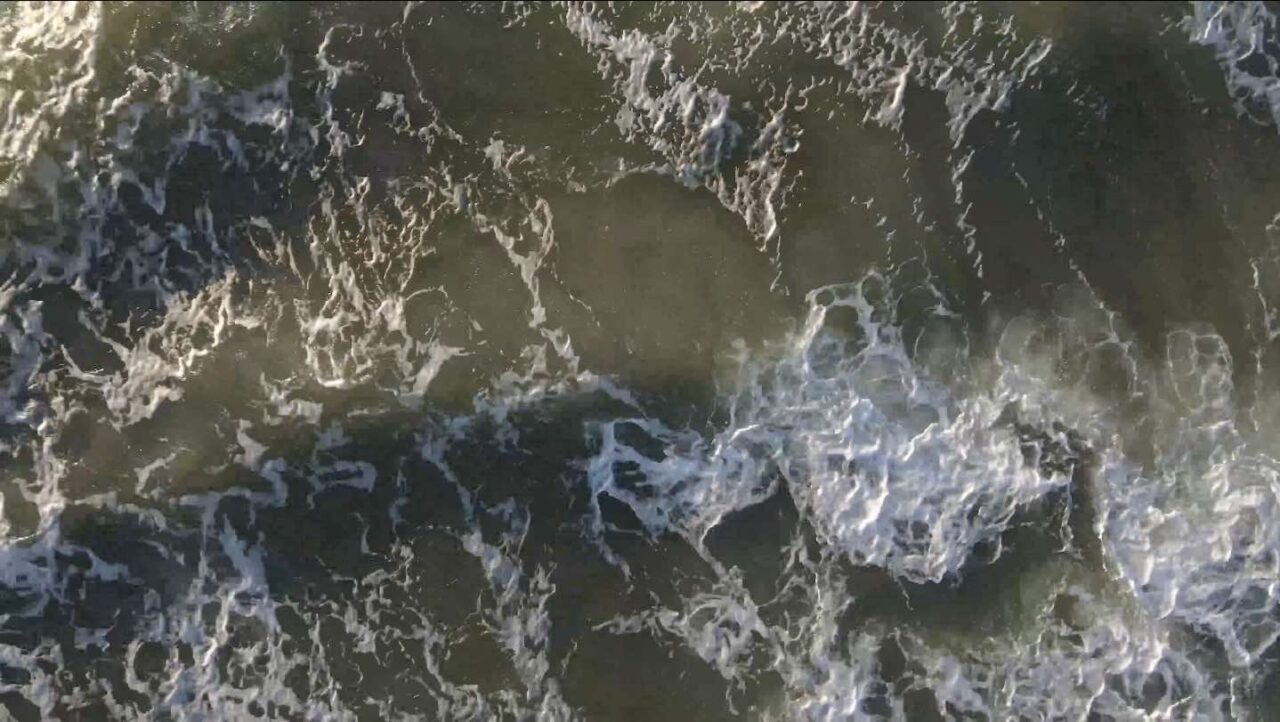
The New Economics Foundation think tank was able to show in a report already in 2019 that EU countries took 300,000 tons more fish into the sea than the researchers in ICES recommended.
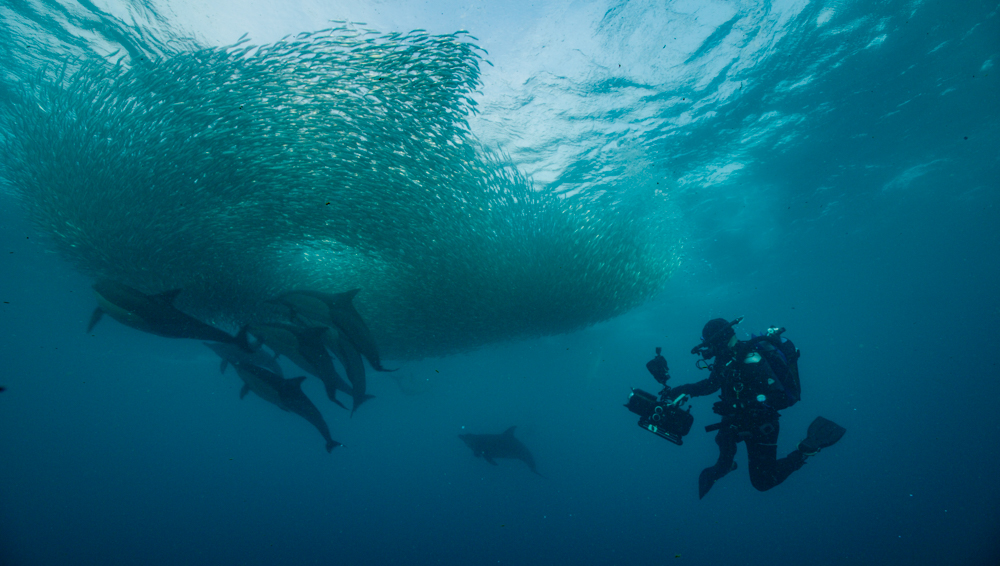
The play unfolds right in front of my camera - my breathing rate is high. Nick and Kimmo are with me. We spread out so as not to ruin each other's shots. Nick was supposed to be our "safety diver," but we don't have time for that now. He has to film too. When the opportunity arises, we must seize it!

I sit in the boat and jig. It rhythmically jerks with the same reel as last year, and the year before that. Every weekend before Midsummer, we have been catching herring at sunset in the bay outside Vätö in Roslagen. We have been doing this for 22 years now.
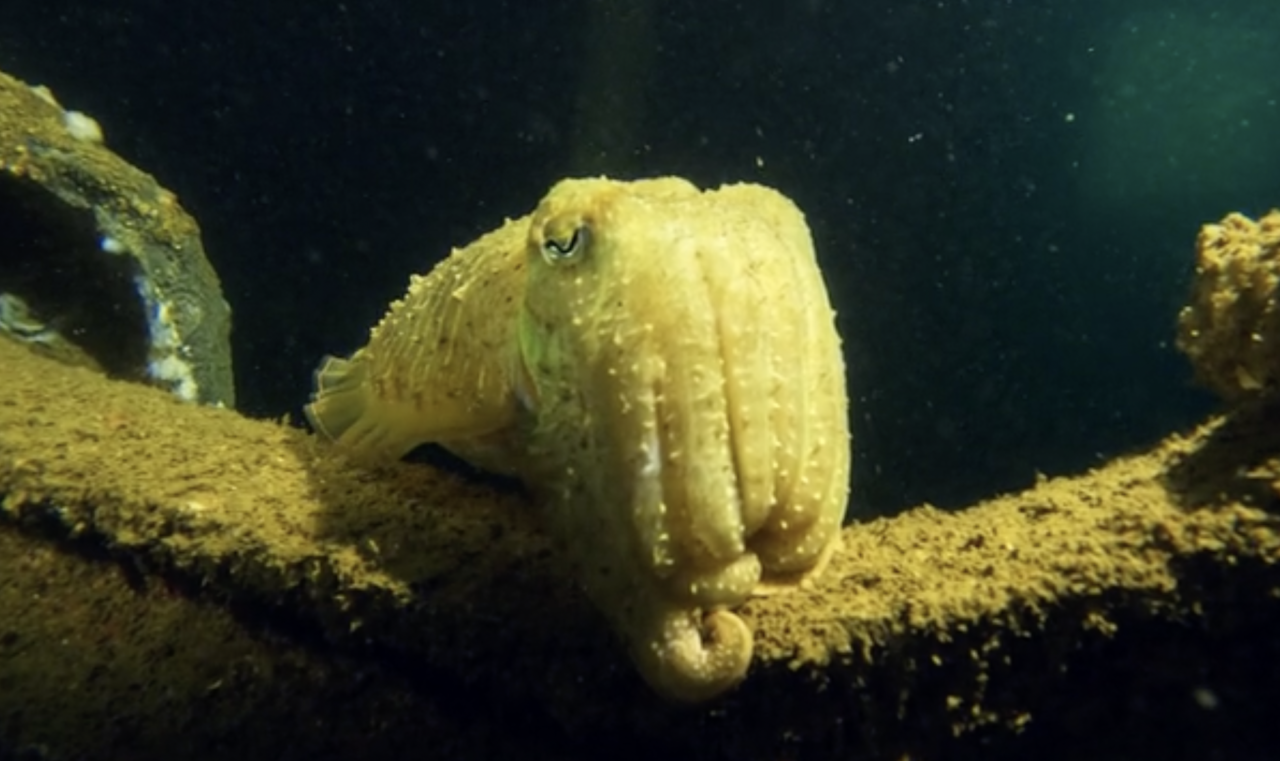
In southern Portugal, a group of passionate divers has deliberately sunk four large marine vessels, not only to enhance the diving experience but also to foster new habitats for marine life.

iSimangaliso Wetland Park in South Africa is home to one of the world's most pristine reef systems, home to hundreds of different species from rare fish to tiny seahorses...and hundreds of cleaning stations where fish come in for their daily cleaning sessions. Petro van Jaarsveld who is currently conducting her PhD studies on these fascinating stations takes us on a tour inside the surprisingly complex and beautiful world of a fish car wash...
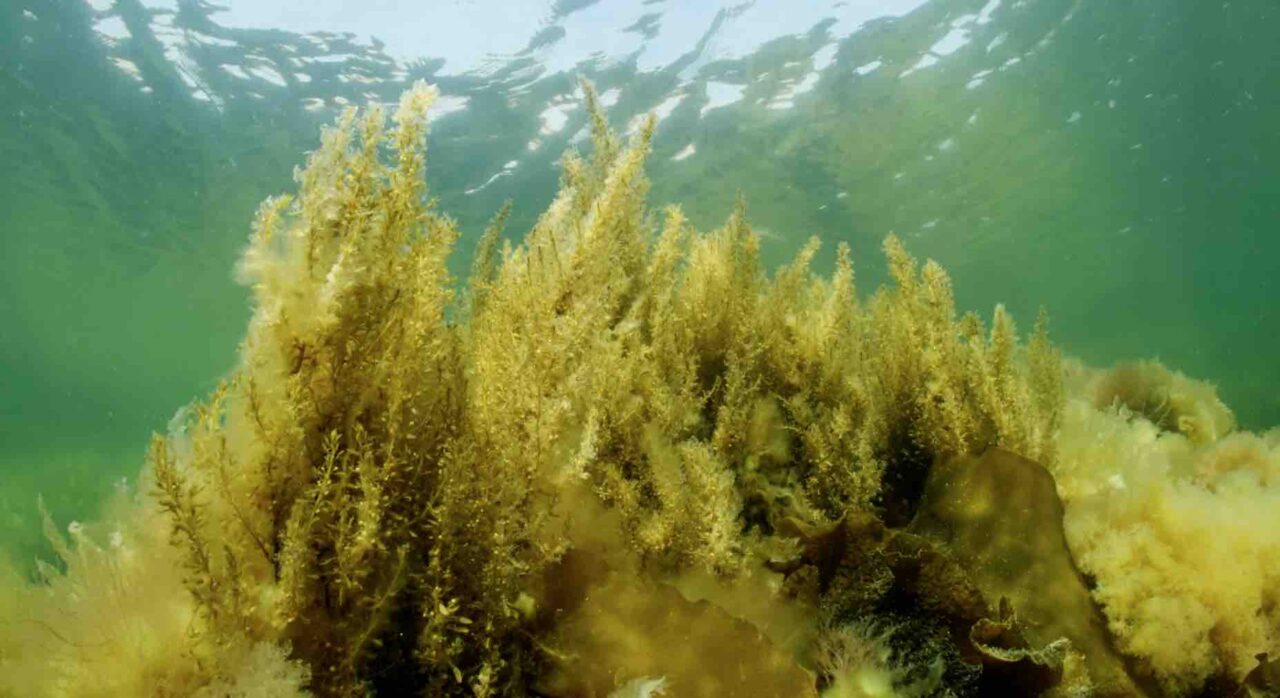
Sargasso seaweed, a brown algae, was initially discovered in 1985 in northern Bohuslän and has since become prevalent along the Swedish west coast.
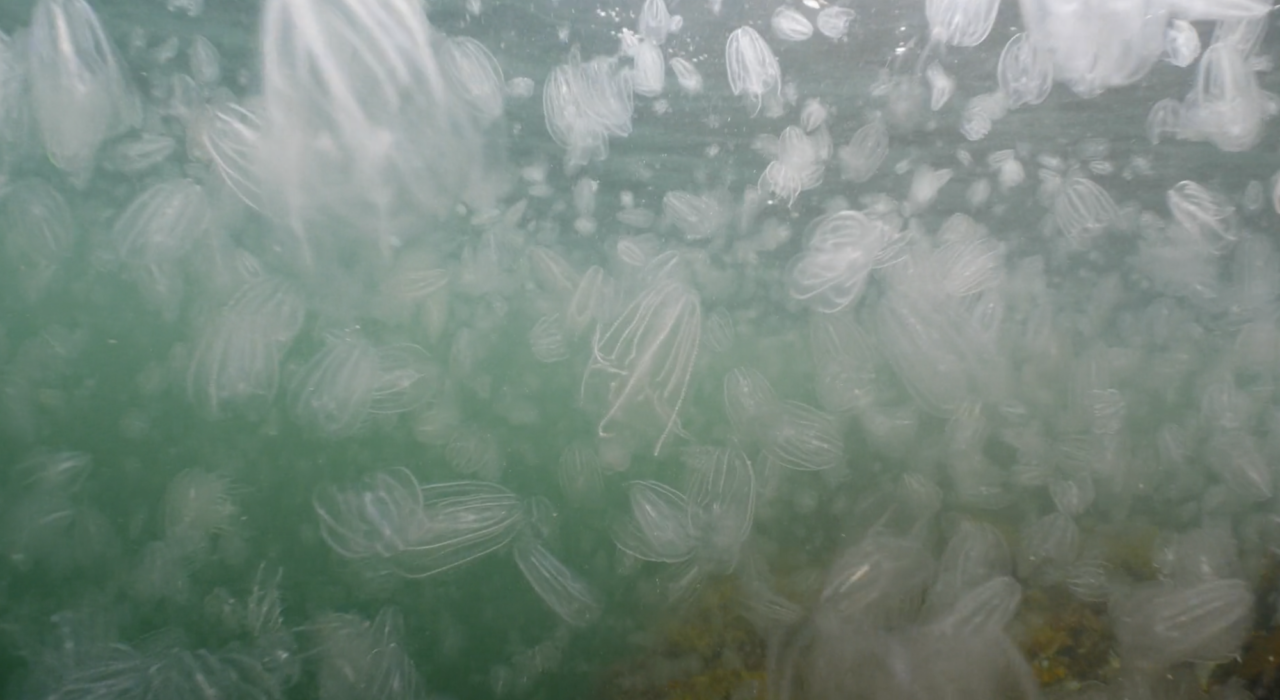
The small but spectacularly beautiful comb jelly Mnemiopsis leydyi, can reproduce at a dismaying speed, and copes with warm and cold water and even different amounts of salinity. And when it spreads to areas where it isn’t naturally found, it can cause devastating damage. As in the Black Sea in the 1980s.